Verizon Wireless is the leading mobile phone operator in the U.S. and obviously, people want to know the company’s 5G plans in the wake of recent developments at AT&T, Sprint and T-Mobile. Boasting the widest network coverage in the U.S., decisions the Big Red makes will have a huge impact on how fast 5G spreads across the country.
Before you consider making the switch, here’s a deeper dive into what Verizon’s 5G plans are, 5G coverage across the country, the phones that support 5G on the carrier, and so on.
Related:
Verizon 5G coverage
The first thing you’d wanna know is if Verizon’s 5G coverage is available in your area. Well, we have a mixed bag of news here, but first the good stuff.
Verizon became the first telco in the country to flip the 5G switch on smartphones in Chicago and Minneapolis. Yes, overall AT&T took the lead, but the latter’s speedy network could only be accessed via a 5G hotspot and not a smartphone.
At the time, Verizon said that its 5G service in Chicago is concentrated in areas around the West Loop and South Loop where tourist attractions are common, Gold Coast, Old Town, and North River. In Minneapolis, the service is limited to areas in the east and west downtown and the U.S. Bank Stadium.
In late April, the carrier revealed that 5G coverage is coming to 20 more cities, making it a total of 22 cities with guaranteed 5G coverage, at least by the time the Samsung Galaxy S10 5G arrives in May 2019.
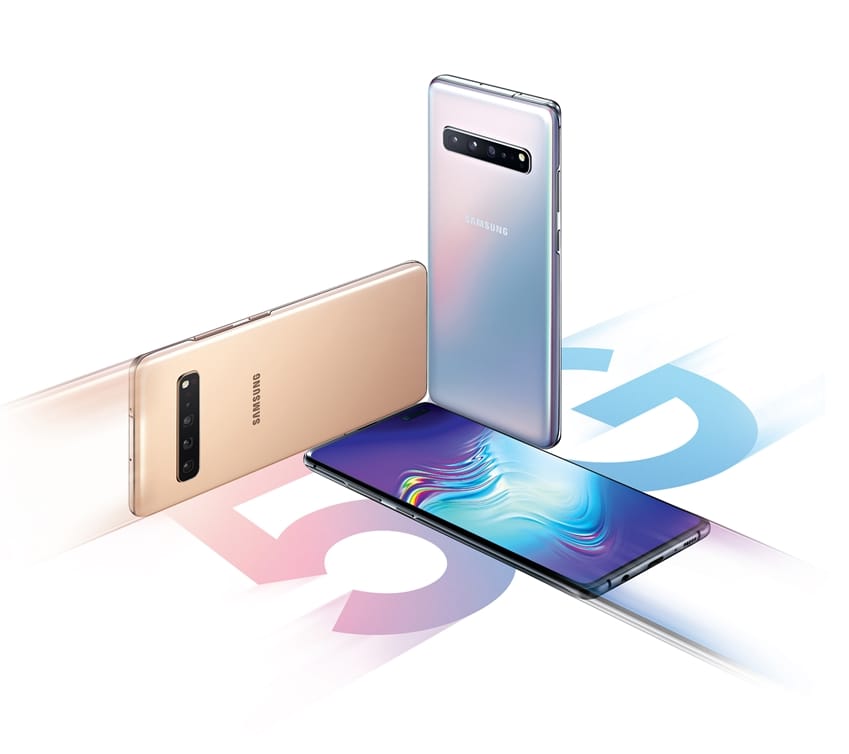
Here is the full list:
- Atlanta
- Boston
- Charlotte
- Chicago
- Cincinnati
- Cleveland
- Columbus
- Dallas
- Des Moines
- Denver
- Detroit
- Houston
- Indianapolis
- Kansa City
- Little Rock
- Memphis
- Minneapolis
- Phoenix
- Providence
- San Diego
- Salt Lake City
- Washington DC
By the end of 2019, Verizon says it will have 5G coverage in 30 cities across the U.S. Still, it’s worth noting that even in these 5G-ready cities, coverage will still be spotty, but this is expected considering it’s only the beginning of what is to be a painfully long changeover process.

Like other carriers, Verizon is deploying its 5G network on mmWave, the spectrum that promises to offer the fastest 5G experience. Verizon’s 5G will work on 24 GHz spectrum and above, but given the transmission issues that come with using such high-band spectrum, the Big Red is said to be considering options of deploying its future 5G network on mid- and low-band spectrums, much like T-Mobile. The carrier even wants you to help speed up this deployment process via its domain lets5g.com.
While Verizon’s 5G network is already available in several cities, don’t expect it to cover every part of the said cities. In fact, it’s likely to be deployed in busy places within these cities such as airports, stadiums, and conference centers, with those in suburbs and rural areas set to wait for years before getting a taste of true 5G.
To be fair, this is the case with every other U.S. carrier that’s venturing into 5G.
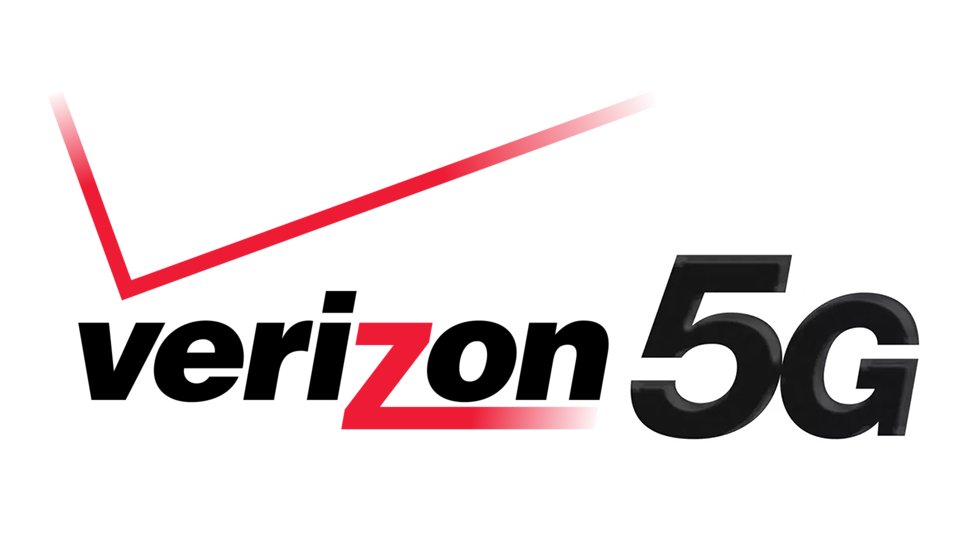
Verizon 5G speed
AT&T has been making headlines with news of interesting speed test results for its 5G network. The carrier managed speeds of up to 2Gbps during tests done in Atlanta in April 2019 and it says these speeds are expected to improve with time.
So far, average speeds in the regions of 450Mbps have been touted by the Big Red, although results ranging between 300Mbps and 900Mbps have been showcased in some cases. This should be in line with the promised “up to 10x” speeds (compared to LTE) we expect when 5G is fully deployed.
While AT&T is getting everyone excited by the mention of crazy fast speeds, Verizon is keeping things low-key. Instead of overpromising and risk facing the wrath of customers in case it under delivers, Verizon is basically under-promising with the hope of over-delivering when 5G goes live.

Verizon 5G phones
Verizon has the upper hand when it comes to supported 5G phones. The first was the Motorola Moto Z3 that connects to 5G via a 5G Moto Mod, but if not interested in adding more weight to your device in the name of modularity, the only other option is Samsung Galaxy S10 5G.
The Big Red is the exclusive carrier of the Galaxy S10 5G in the U.S., although this exclusivity is limited to time, with other carriers joining the party at a later time.
One little problem is that anything 5G comes at a cost. Whereas the Moto Z3 seems like the cheapest avenue to mobile 5G for now ($480 for the phone and $350 for the 5G Moto Mod), you’ll need to cough a cool $1300 to get your hands on the base model of the Galaxy S10 5G.
Verizon is also expected to carry the LG V50 ThinQ 5G when it arrives in the country, although Sprint should lead the way ahead of other U.S. carriers. The Big Red has also confirmed that the Galaxy Note 10 will get a 5G model that will be carried on the network, but this will have to wait until Q3 2019.
Unlike the U.S. that only has a couple or so 5G Android phones to choose from, those in European countries like the UK have at least five 5G Android phones, including two from Huawei, one each from OnePlus and Xiaomi, and the aforementioned S10 5G. ZTE is also expected to bring the ZTE Axon 10 Pro 5G in Europe at some point later this year.
Related: 5G Android Phones – device list
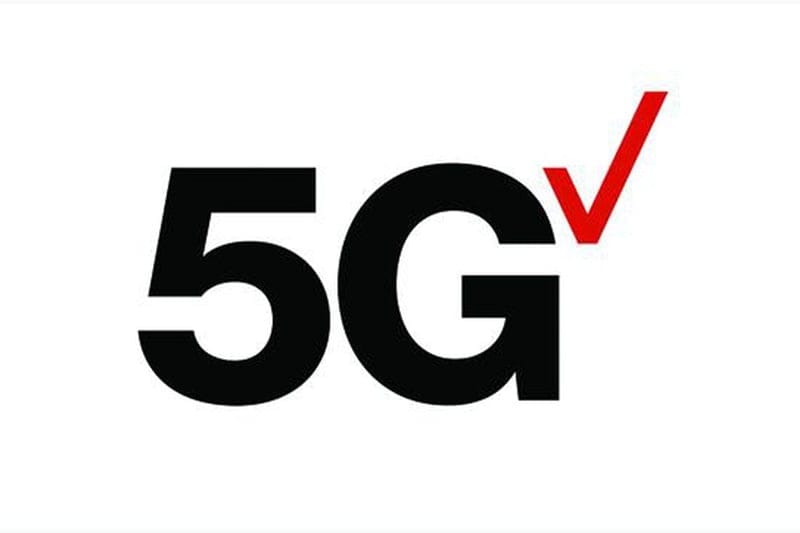
Verizon 5G data plans
There has been a lot of talk around the potential cost of 5G data plans on Verizon, especially now that it’s clear owning a 5G phone requires more than $1000. Verizon’s data plans are already above the competition and its hard imagining that 5G data plans will be otherwise.
And indeed, the Big Red wasted no time in confirming our fears. Apparently, 5G data plans will attract an extra cost of $10 per month for access to unlimited data. This extra cost comes on top of what you are currently paying for unlimited LTE data, which is $75 for the base plan. As part of the plan, you also get unlimited hotspot 5G data with no video streaming caps.
Verizon 5G Home
Verizon is set to be the first carrier to offer 5G fixed wireless internet to the home in what it calls Verizon 5G Home. The initial rollout started in October 2018 in parts of Los Angeles, Indianapolis, Sacramento, and Houston and is expected to spread to more regions throughout the year, although there is no official roadmap.
Early adopters of Verizon 5G Home pay $50 per month for existing Verizon customers and $70 for those after the standalone 5G service. The best part is that there are no data caps and even better is that unlike the initial equipment, users will be able to self-install the new 5G router when it relaunches.
Also, Verizon says 5G Home services will be offered for free for the first three months of coverage and include other freebies like YouTube TV for three months from the day of installing the equipment and free Google Chromecast Ultra or Apple TV 4K device.
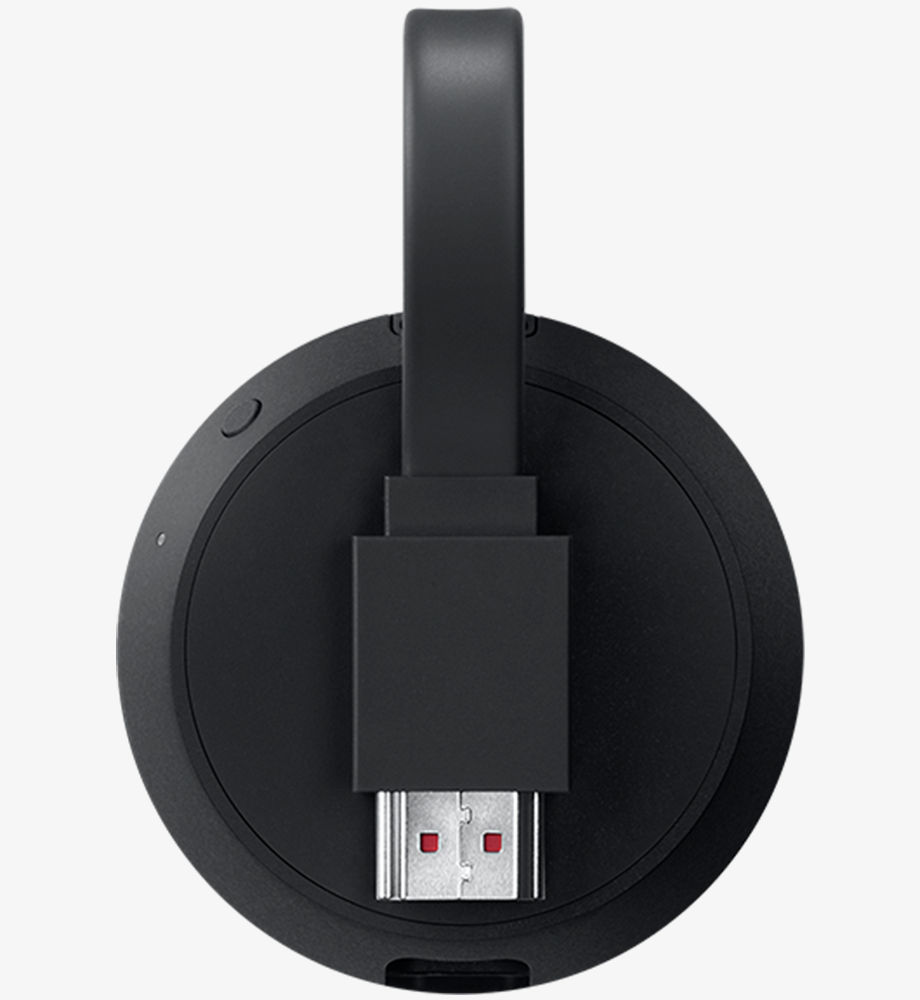
Conclusion
Verizon is the biggest mobile operator in the country and it makes sense that it’s leading the rest in 5G adoption. The exclusivity of the Galaxy S10 5G, the only 5G-ready phone available so far, is a huge boost to the carrier’s efforts to spearhead the 5G rollout in the country.
However, like every other carrier, it will take several years before Verizon’s 5G coverage reaches suburbs and rural America. The fact that the number of supported smartphones is also limited should play a huge role in slowing down 5G adoption, at least in 2019.
Related:

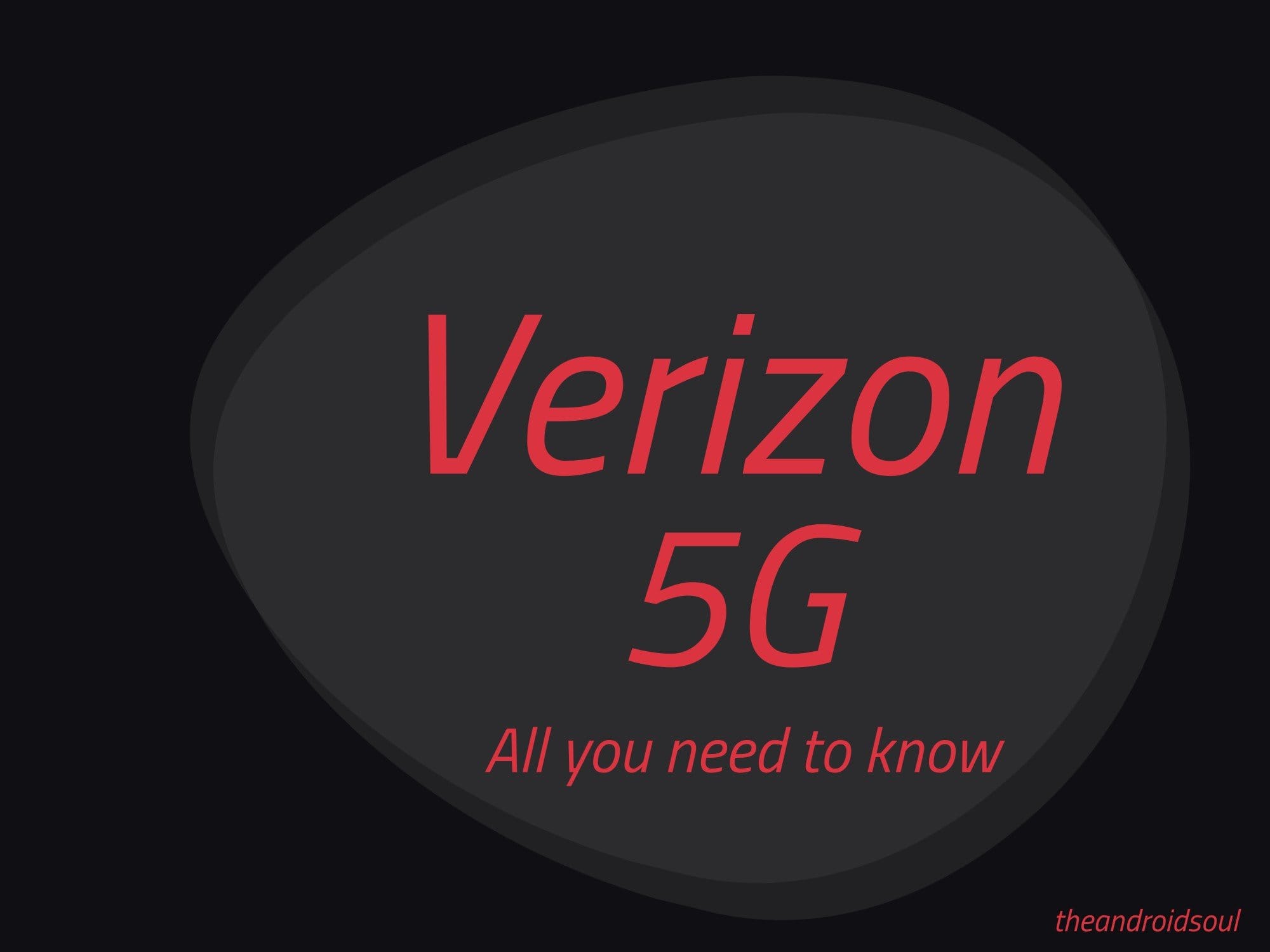











Discussion